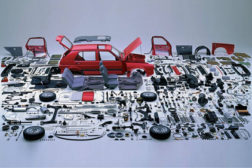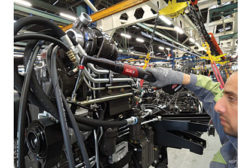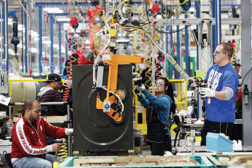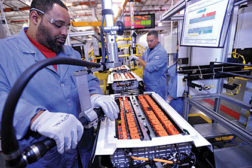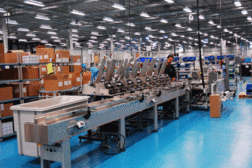Austin Weber
Austin has been senior editor for ASSEMBLY Magazine since September 1999. He has more than 21 years of b-to-b publishing experience and has written about a wide variety of manufacturing and engineering topics. Austin is a graduate of the University of Michigan.
ARTICLES
New Trends in Electric Tools
Error proofing and quality control requirements are driving demand.
June 4, 2013
Techniques for Joining Sheet Metal
The ongoing push for thinner sheets is challenging engineers.
June 3, 2013
Assembling Next-Generation Batteries
Manufacturers are scrambling to increase production yields.
May 1, 2013
Never miss the latest news and trends driving the manufacturing industry
Stay in the know on the latest assembly trends.
JOIN TODAY!Copyright ©2024. All Rights Reserved BNP Media.
Design, CMS, Hosting & Web Development :: ePublishing

